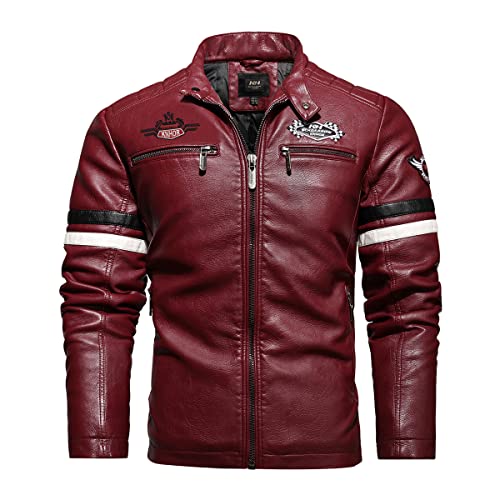Leartech
Well-known member
I tested them out on the bike I test rode from about 60 in a straight line. I mean, full grab front and back, about as hard as I could pull the lever. (Just a little bit of faith involved.) I tell you what, that is an amazing sensation. Stopping that quickly on a bike is just remarkable. You can feel the brakes modulate, but it is not severe at all. The bike just comes to a stop and some kind of quick. As others have said, trying that nonsense while leaned over a turn and you are asking for trouble. To dig into the ABS, you need to stand it up to survive it.
It is a nice feature, but probably can't make up for good common sense riding skills.
Bryan
It is a nice feature, but probably can't make up for good common sense riding skills.
Bryan






























































